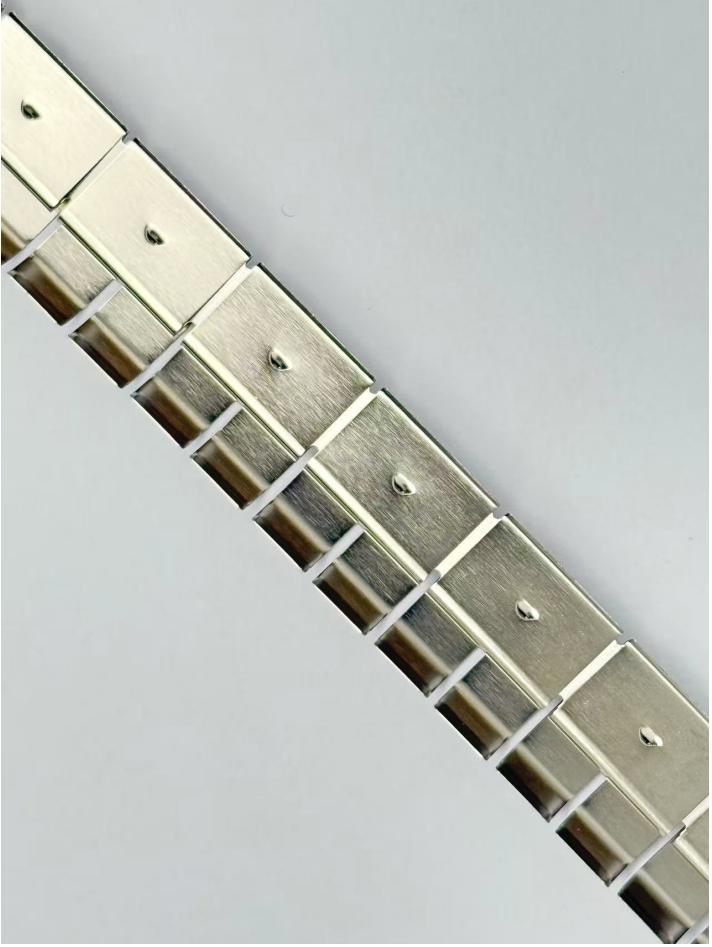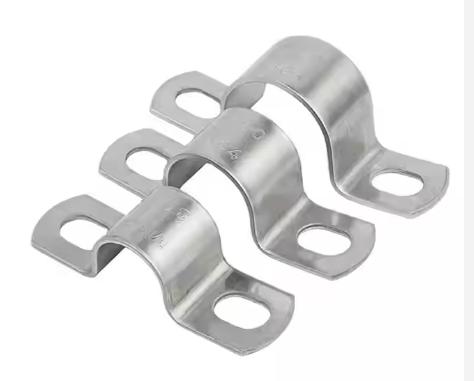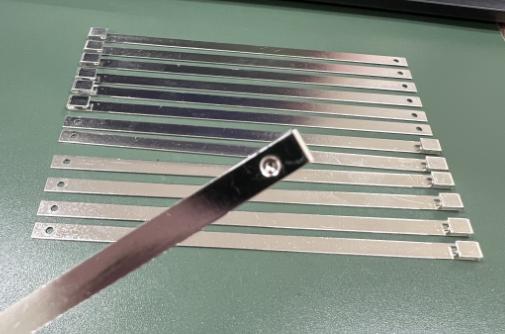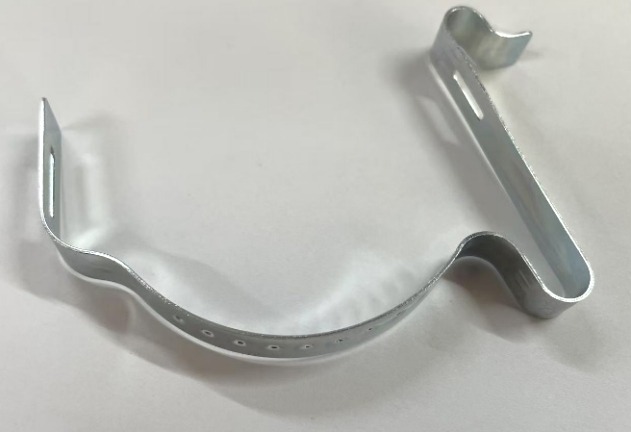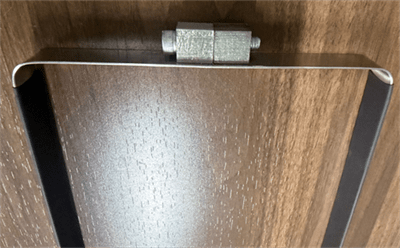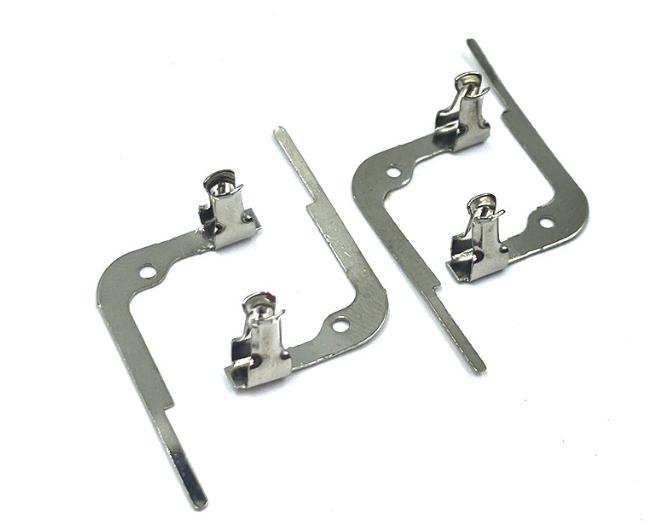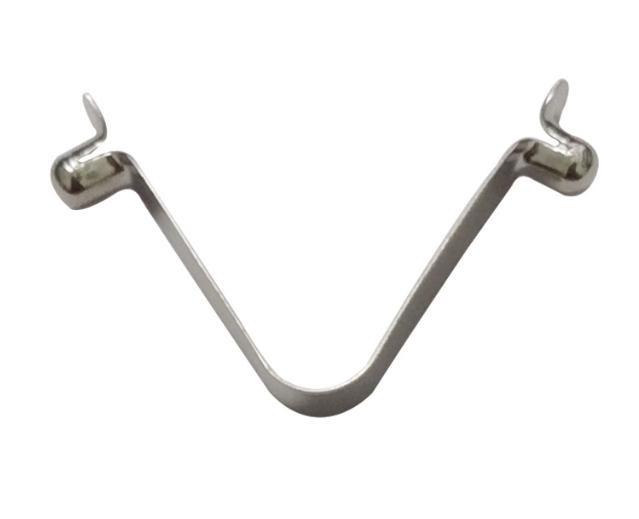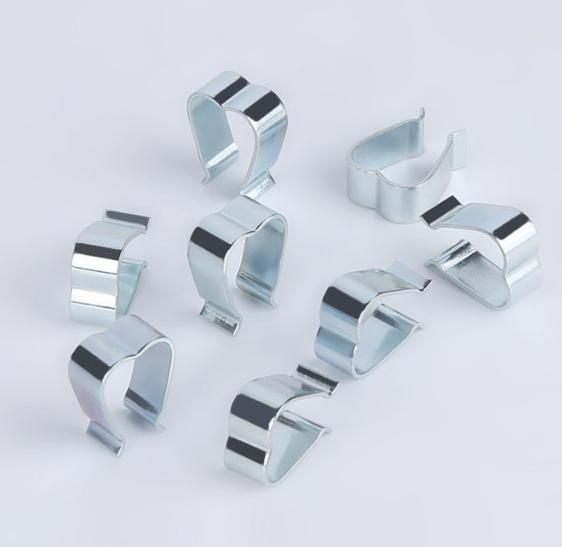Aluminum Sheet Metal Stamping Parts in the Automotive Industry: Types, Applications and Key Benefits
Aluminum sheet metal stamping is a manufacturing process that uses dies and presses to shape sheet metal into various parts. This process is widely used in the automotive industry to produce a wide variety of components, including body panels, structural components, engine components, interior components, and exterior components.
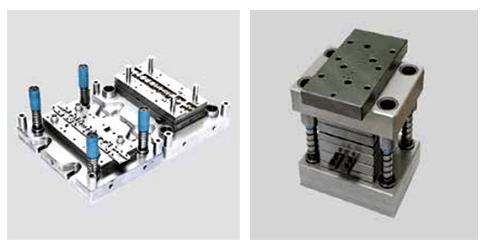
Why Choosing Aluminum Sheet Metal Stamping Parts in the Automotive Industry
Types of Aluminum Sheet Metal Stamping Processes
Aluminum sheet metal stamping is a versatile manufacturing process that can be used to create a wide variety of parts for automobiles, appliances, and other products. There are many different types of aluminum sheet metal stamping processes, each of which has its own unique advantages and applications.
- Blanking: Blanking is a process that cuts a flat piece of sheet metal from a larger sheet. This is typically done with a blanking die, which is a tool that has a sharp cutting edge. The blanking die is pressed down onto the sheet metal, and the cutting edge severs the material, creating a clean, finished edge.
- Forming: Forming is a process that bends or shapes a piece of sheet metal into a desired form. This is typically done with a forming die, which is a tool that has a shape that is complementary to the desired shape of the part. The forming die is pressed down onto the sheet metal, and the material is forced into the shape of the die.
- Drawing: Drawing is a process that stretches a piece of sheet metal into a desired shape. This is typically done with a drawing die, which is a tool that has a shape that is deeper than the desired shape of the part. The drawing die is pressed down onto the sheet metal, and the material is forced into the shape of the die.
- Trimming: Trimming is a process that removes excess material from a stamped part. This is typically done with a trimming die, which is a tool that has a cutting edge that is located around the periphery of the part. The trimming die is pressed down onto the part, and the excess material is cut away.
- Embossing: Embossing is a process that creates a raised pattern on a piece of sheet metal. This is typically done with an embossing die, which is a tool that has a raised pattern on its surface. The embossing die is pressed down onto the sheet metal, and the pattern is transferred to the material.
- Piercing: Piercing is a process that punches a hole in a piece of sheet metal. This is typically done with a piercing punch, which is a tool that has a sharp point. The piercing punch is pressed down onto the sheet metal, and the point punches a hole through the material.
- Coining: Coining is a process that stamps a raised or recessed pattern on a piece of sheet metal. This is typically done with a coining die, which is a tool that has a raised or recessed pattern on its surface. The coining die is pressed down onto the sheet metal, and the pattern is transferred to the material.
- Flanging: Flanging is a process that bends the edge of a piece of sheet metal up or down. This is typically done with a flanging die, which is a tool that has a shape that is complementary to the desired shape of the flange. The flanging die is pressed down onto the sheet metal, and the edge of the material is forced into the shape of the die.
- Hemming: Hemming is a process that rolls the edge of a piece of sheet metal over to create a smooth, finished edge. This is typically done with a hemming die, which is a tool that has a grooved surface. The hemming die is pressed down onto the sheet metal, and the edge of the material is rolled over into the groove.
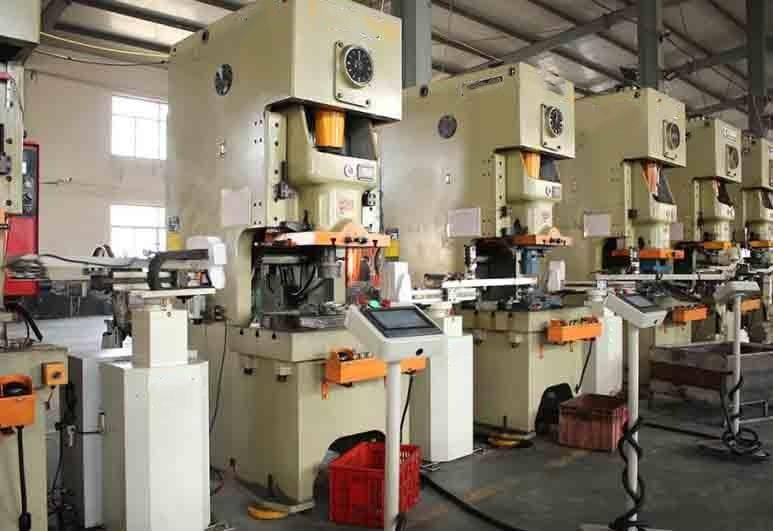
Applications of Aluminum Sheet Metal Stamping Parts in Automotive Industry
Aluminum sheet metal stamping is used to produce a wide variety of parts in the automotive industry. Some of the most common applications include:
- Body panels: Aluminum sheet metal stamping is commonly used to produce body panels for automobiles. Body panels are the outer panels of a vehicle that provide protection for the occupants and the internal components of the vehicle. Aluminum body panels are lightweight, corrosion-resistant, and can be formed into a wide variety of shapes.
- Structural components: Aluminum sheet metal stamping is also used to produce structural components for automobiles. Structural components are the parts of a vehicle that support the weight of the vehicle and its occupants. Aluminum structural components are lightweight, strong, and can be formed into a wide variety of shapes.
- Engine components: Aluminum sheet metal stamping is used to produce a variety of engine components, including intake manifolds, valve covers, and oil pans. Aluminum engine components are lightweight, corrosion-resistant, and can withstand high temperatures.
- Interior components: Aluminum sheet metal stamping is used to produce a variety of interior components, including door panels, dashboards, and instrument panels. Aluminum interior components are lightweight, durable, and can be styled to match the overall design of the vehicle.
- Exterior components: Aluminum sheet metal stamping is used to produce a variety of exterior components, including bumpers, grills, and hoods. Aluminum exterior components are lightweight, corrosion-resistant, and can be styled to match the overall design of the vehicle.
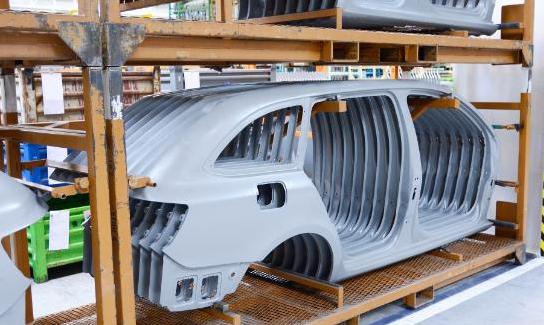
What are Key Benefits of Using Aluminum Sheet Metal Stamping Parts in the Automotive Industry
There are many benefits to using aluminum sheet metal stamping parts in the automotive industry. Some of the most important benefits include:
Weight reduction
One of the most significant benefits of using aluminum sheet metal stamping parts in automotive applications is weight reduction. Aluminum is a lightweight metal, which can help to reduce the overall weight of a vehicle. This can lead to improved fuel efficiency and reduced emissions.
According to the Aluminum Association, using aluminum in automotive parts can reduce the weight of a vehicle by up to 40%. This can lead to a fuel economy improvement of up to 15%.
Improved fuel efficiency
By reducing the weight of a vehicle, aluminum sheet metal stamping can help to improve fuel efficiency. This is because less energy is required to move a lighter vehicle.
According to the Aluminum Association, using aluminum in automotive parts can improve fuel economy by up to 15%. This can save drivers money on fuel and reduce greenhouse gas emissions.
Enhanced corrosion resistance
Aluminum is a naturally corrosion-resistant metal, which can help to extend the lifespan of automotive parts. This is because aluminum forms a thin oxide layer on its surface that protects it from corrosion.
Aluminum is also less susceptible to salt corrosion than steel. This makes it a good choice for automotive parts that will be exposed to salt, such as bumpers and fenders.
Increased recyclability
Aluminum is a highly recyclable metal, which can help to reduce the environmental impact of automotive manufacturing. Aluminum can be recycled repeatedly without losing its properties. In fact, over 70% of all aluminum ever produced is still in use today.
Using aluminum in automotive parts can help to reduce the amount of scrap metal that ends up in landfills. This can help to conserve resources and protect the environment.
Greater design flexibility
Aluminum sheet metal is a versatile material that can be formed into a wide variety of shapes. This gives designers greater flexibility when creating new automotive parts.
Aluminum can be stamped, drawn, formed, and welded. This allows designers to create complex shapes that would not be possible with other materials.
The use of aluminum sheet metal stamping has led to the development of more lightweight, aerodynamic, and fuel-efficient vehicles. Aluminum is also a sustainable material that can help to reduce the environmental impact of automotive manufacturing.
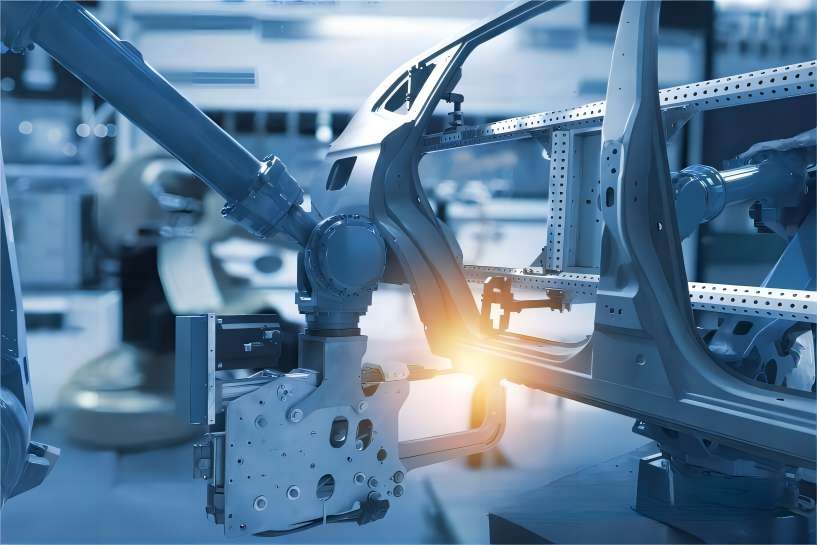
Conclusion
Aluminum sheet metal stamping is a versatile and efficient manufacturing process that offers several advantages for automotive applications. Aluminum sheet metal stamping can help to reduce the weight of a vehicle, improve fuel efficiency, enhance corrosion resistance, increase recyclability, and provide greater design flexibility. As the demand for lightweight and fuel-efficient vehicles continues to grow, aluminum sheet metal stamping is likely to play an increasingly important role in the automotive industry.
In addition to the benefits mentioned above, aluminum sheet metal stamping is also a relatively clean manufacturing process. Aluminum can be recycled repeatedly without losing its properties, and aluminum production generates fewer greenhouse gas emissions than steel production.
As the automotive industry continues to strive for more sustainable manufacturing practices, aluminum sheet metal stamping is likely to become even more popular. Aluminum sheet metal stamping is a versatile, efficient, and sustainable manufacturing process that can help to create lighter, more fuel-efficient, and more environmentally friendly vehicles.

